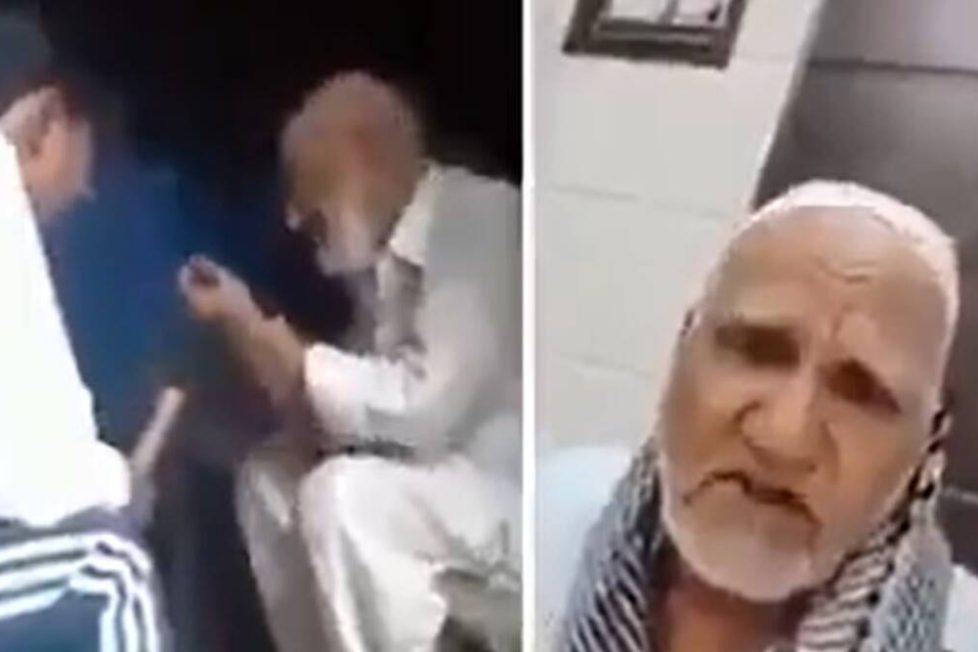THE CASUAL COMMENTATOR


India is an effervescent country which is best known for its unity in diversity and the multitudes of cultures coexisting in relatively small spaces. Although, as is true for every group of people co-exisiting, disagreements, differences and falsities are bound to emerge. However, with time, the issues that would die down in a day or two, became permanent matters of ego, collectivism and communalism. Today, in the fast-paced world that we exist in, information, both verified and largely unverified, flows at an unbelievable speed and covers unforeseeable ground. The downside of this information revolution is the disproportionate growth in wisdom and intelligence to assess and assimilate the veracity of what is heard, seen and read.
For instance, the recent Ghaziabad incident wherein an elderly individual was beaten up and relieved of his beard by youngsters was portrayed as a communally incentivised action by Hindus against the aged Muslim man namely Abdul Samad. A long video was circulated to this effect on social media and it was propagated by several accounts having a large followership like CJ Werleman who has over 277,000 followers and Mohammed Zubair who has over 309,000 followers. Both these people are media personnel, who speak on highly controversial issues and the side they support, draws strength from their follower base. This is dangerous for basic common sense and rationality because like all news channels, they aim to report first and fast and although one of them claims to be a ‘fact-checker’, veracity of the inputs they share with tens of thousand of people is not established. Even in this case, there was an uproar with thousands and thousands of people reacting to the content. Inflammatory as the video was, it was muted and there was no proof that it was perpetrated by a specific caste or a community. Terms like ‘brutally thrashed’ and ‘Hindu Extremists’ were used freely to describe the situation and the people. It was claimed that the old man was also forced to chant ‘Jai Shri Ram’ at gunpoint. National and international opinion of the matter was polarised with most people leaning towards the narrative, brewing prejudicial hatred for Hindus.
However, as a counteractive force, Swati Goel Sharma, another journalist brought forward several aspects of this incident that seemed to change the entire background of the event. Her over 247,000 followers were privy to the facts that Abdul Samad was into occult practices, that he did not chant Jai Shri Ram at any point in the video, that most of those in the group that beat him up were Muslims and that he was beaten up because an amulet he made, did not work as per the expectations of one of the group members. Due to obvious reasons, keeping in mind the quaint characteristics of his job, he was unwilling to file an FIR. However, when he did, no mention of all these salient features of the hype including the group constituting Hindu extremists and having to chant Jai Shri Ram at gunpoint were mentioned. Consequently, Mohammed Zubair withdrew his comments from Twitter with an unapologetic tweet.
In this time and day, when so many sources and versions of one single piece of information or incident are available, several questions arose about the truthfulness of Swati Goels’ version of the story as uncovered. But the one thing that is the truth in this entire brouhaha is the ease with which communal propaganda can spread through the reaches of social media especially when it is established so far and wide. It becomes all the more crucial for these celebrity-like account holders to be conscious and conscientious about what they say and what they endorse especially as they carelessly and without remorse upset the communal balance in a medley state like India. With the loss of intermediary status of Twitter for failing to comply with the new IT rules, it is hoped that the actions and activities of such tumult causing elements will be restricted from inciting communal hatred leading to suspicion and violence and perhaps, for once, accountability will be established with a stronger hand.
DISCLAIMER: The author is solely responsible for the views expressed in this article. The author carries the responsibility for citing and/or licensing of images utilized within the text.
